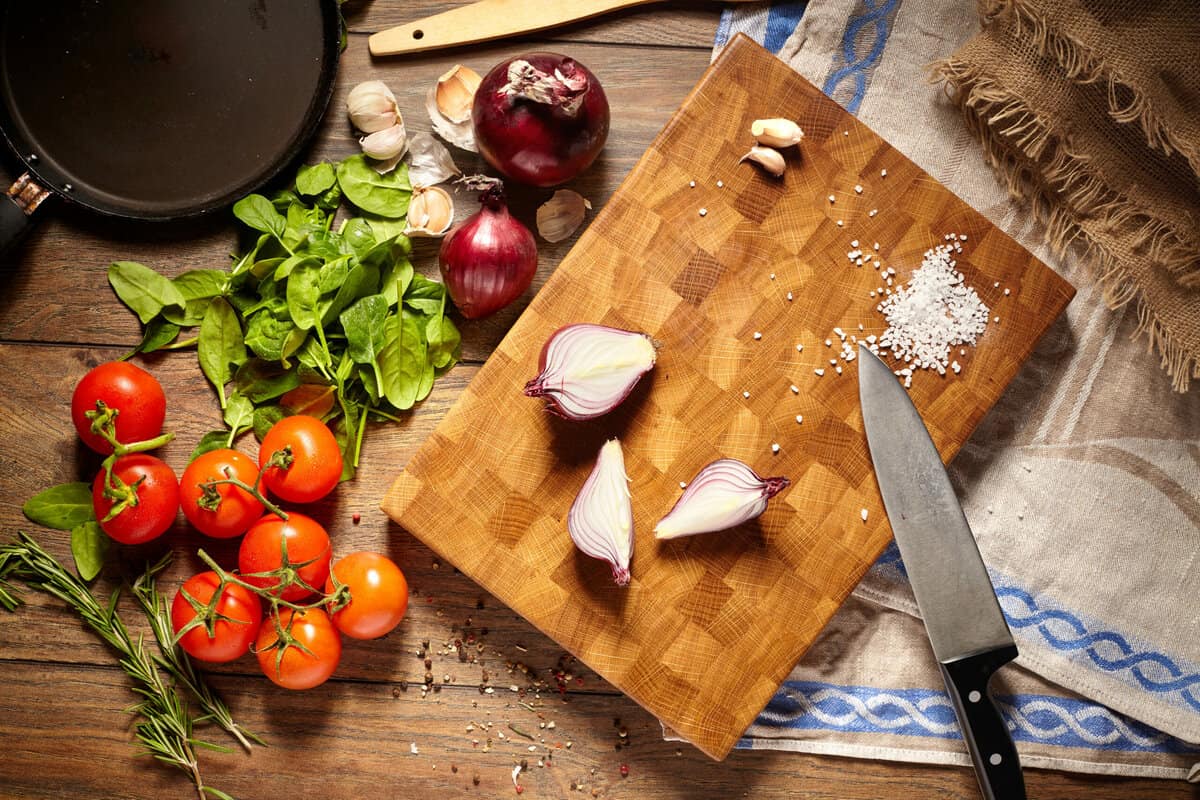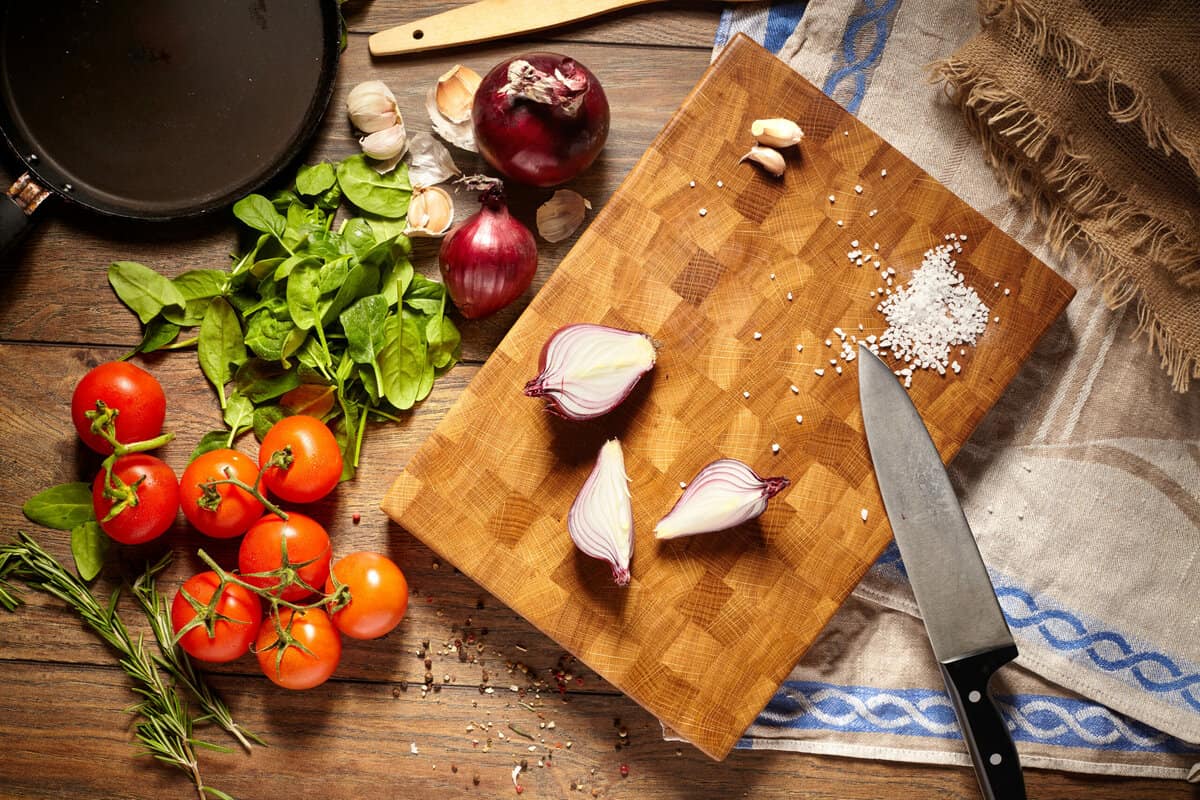Teak cutting boards are a staple in professional kitchens and for good reason. Renowned for their durability, water resistance, and natural beauty, teak wood is the gold standard in the world of cutting boards. However, as durable as it is, even the sturdiest cutting boards require proper care to ensure longevity and hygiene. If youre wondering how to care for teak cutting boards, youre in the right place. In this guide, designed specifically for kitchen professionals, youll learn practical care strategies to keep your board in top condition for years to come.
With a high oil content and tight grain structure, teak boards can withstand daily use. But neglecting regular maintenance can lead to cracks, dull surfaces, or even unsafe bacteria growth. By following the tips below, youll not only safeguard your investment but also maintain better kitchen hygienea must for culinary experts like yourself.

Why Are Teak Cutting Boards Popular Among Professionals?
Before diving into the details of how to care for teak cutting boards, lets understand why these boards are so widely preferred:
- Durability: Teak wood's dense fibers make it resistant to deep knife cuts and warping from water exposure.
- Self-Healing Properties: The natural oils in teak wood allow the boards surface to recover from minor scratches.
- Gentle on Knives: Unlike glass or hard plastic boards, teak boards are softer, prolonging your knife's edge.
The investment in a quality teak cutting board pays dividends, but only if you know how to care for it correctly. Lets break down the care process step by step.
Daily Maintenance Tips: Start Strong with Regular Cleaning
Cleaning teak cutting boards after each use is the first step in maintaining them. Heres how the pros recommend doing it:
Step 1: Rinse Immediately
After chopping, immediately rinse the board under warm water to remove food debris. This prevents food particles from embedding into the woods surface. Do not leave the board soaking in water, as it can lead to swelling or warping.
Step 2: Use a Natural Soap
Apply a few drops of pH-neutral dish soap using a sponge or soft brush. Avoid harsh cleaning chemicals that can degrade the natural oils in your teak wood. If youre wondering about cleaning methods for other cutting boards, check out how to clean a white cutting board.
Step 3: Towel Dry Immediately
After rinsing, pat the board dry with a clean towel. Standing water is the enemy of wooden cutting boards and can severely affect their lifespan.
Weekly Maintenance: Oil and Condition
One of the most critical aspects of how to care for teak cutting boards is regular seasoning using mineral oil or a food-safe wood conditioner. Moisturizing with mineral oil replenishes the boards natural oils, preventing cracks and drying.
How to Apply Mineral Oil
- Warm up a small amount of mineral oil for better absorption.
- Spread it evenly using a clean cloth in circular motions.
- Let the oil sit overnight before wiping off any excess the next morning.
If you need detailed instructions, explore this guide on how to use mineral oil on cutting boards.
Consider Monthly Conditioning with Beeswax
For added protection, especially in high-humidity kitchens, condition your board with food-grade beeswax. It offers a layer of water resistance thats invaluable for teak boards used regularly in professional kitchens.
Deep Cleaning Teak Cutting Boards
Knife scars or persistent odors on your cutting board? Every so often, deep cleaning is the answer. This is how:
Step 1: Salt and Lemon Scrub
Sprinkle a generous amount of coarse salt over the board. Scrub it gently using half a lemon, squeezing the juice as you clean. This method is not only natural but also effective at deodorizing the surface.
Step 2: Sanding
If the surface has deep gashes, lightly sand it using fine-grit sandpaper. This process smoothens the surface and prepares it for re-oiling. To learn more about rejuvenating older boards, visit how to sand a cutting board.
Step 3: Use Vinegar Sparingly
To sanitize, use a mixture of white vinegar and water (1:4 ratio) but avoid making it a habit, as vinegar can dry out teak wood when used excessively.
Common Mistakes to Avoid
As a professional, your livelihood depends on your tools. Avoiding these common mistakes will ensure your cutting board remains a trusted kitchen companion:
- Dishwasher Cleaning: Never put a teak cutting board in the dishwasher. The heat and water can warp, crack, or ruin the board.
- Using Non-Food Safe Oils: Oils like olive oil or vegetable oil can spoil over time, leaving behind a rancid smell.
- Skipping Regular Maintenance: A neglected board can become a breeding ground for bacteria, compromising food safety.
For further cutting board care tips, visit Real Simple's guide to wood cutting boards.

FAQs About Teak Cutting Boards
1. How Often Should I Oil My Teak Cutting Board?
For those using their board daily, apply mineral oil once every 2-4 weeks. In high-humidity conditions, consider conditioning with beeswax monthly for extra protection.
2. Can Teak Cutting Boards Be Used for Meat?
Yes, but ensure thorough cleaning afterward to avoid cross-contamination. Use a combination of soap, warm water, and occasional salt scrubbing for the best results.
3. Do Teak Cutting Boards Stain?
While teak is stain-resistant due to its natural oils, its not entirely immune. Immediately clean acidic substances like beets, tomatoes, or vinegar spills to prevent staining.
With proper care, your teak cutting board will serve as a reliable tool in your culinary endeavors for years. For more advanced tips, explore this helpful guide on cutting board safety to maintain a hygienic and professional kitchen.
This article contains affiliate links. We may earn a commission at no extra cost to you.






Leave a comment
This site is protected by hCaptcha and the hCaptcha Privacy Policy and Terms of Service apply.